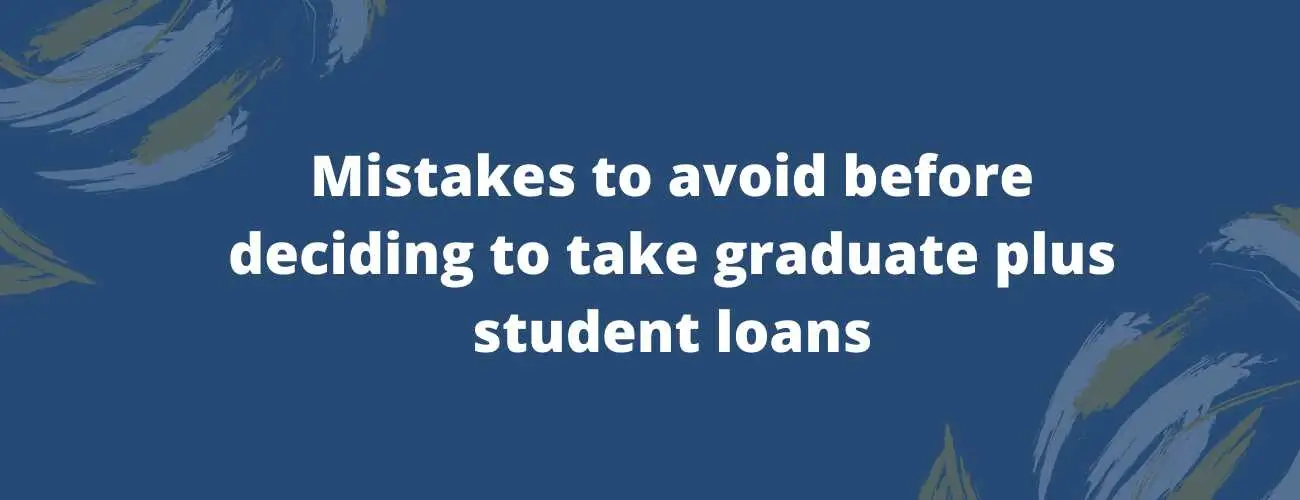How to Choose the Best Repayment Plan
Student loan repayment is an important phase for every borrower. Choosing the right repayment plan is crucial, here is an in dept understanding of the factors to consider before you choose a repayment plan.
Updated by Jason Joy Manoj on 25th August 2020
The repayment phase of your student loans is considered one of the most critical stages for a student loan borrower. If done right, you can build your credit score, making you a credible borrower. One of the vital factors to tackle this phase of repayment is to choose the right repayment plan.
Let’s understand how to choose the right repayment plan and how you and the other 44 million US borrowers in debt can choose a project based on the budget allocated. Now the factors mentioned in the article are generalized and applicable to all who are in debt but are relevant to a personalized level.
Let’s dive in.
Factors to help choose the right repayment plan for you
Depending on the type of loan you have, there are a number of federal and private repayment options to choose from. The options might seem overwhelming at first, but once you analyze them with the factors listed below, you will be able to make the right decision.
1) Looking to pay the lowest total loan amount
The monthly payments to be made primarily cover up the interest that racks up on a daily. The principal amount is minimally targeted with the monthly payments made. So if you start making payments more than the minimum, you start making contributions towards the principal amount. It is essential to watch out for prepayment penalties if you can afford to make these payments, then it is advised to do so.
2) Standard Repayment Plan isn’t for you
For those who are just starting, meeting the monthly payments is harder with the amounts specified with a standard repayment plan. In this case, it is advised to go for an income-driven repayment plan where 10% of your discretionary income is used as payments towards your loans.
The government offers four income-driven repayment plans: income-based repayment, income-contingent reimbursement, Pay As You Earn (PAYE), and Revised Pay as You Earn (REPAYE). These choices are ideal if your salary is too low even to consider affording the standard installment.
You can apply for income-driven repayment with your student loan servicer. At the point when you use, you can pick which plan you need or select the most minimal installment. Taking the lowest payment is best much of the time; however, you might need to look at your alternatives if your duty documenting status is hitched recording mutually.
3) Qualification for loan forgiveness
Loan forgiveness is a great way to get rid of your loans. Once you make the required number of qualified payments, you can get the remaining loan amount forgiven. The most significant loan forgiveness program is the Public Service Loan Forgiveness (PSLF), where you have to make 120 on time and consecutive payments.
It should be noted that while making these payments, the borrower has to be working for a non-profit or in a public service-related field.
Just installments made under the standard repayment plan or an income-driven repayment plan fit the bill for PSLF. To profit, you have to make a large portion of the 120 installments on an income-driven arrangement. On the standard plan, you would take care of the loan before it's qualified for forgiveness.
With a rejection rate of 99%, PSLF isn’t something you can count on. These programs have particular requirements from the area of work, employer, documentation, and to the type of income-based loan repayment plan.
4) Parent PLUS loans
Parent PLUS loans are designed for parents to help their children pay for school. These loans come with limited options, the repayment for these loans begins 60 days after the money has been disbursed.
It should be noted that you can put off payments until the student is out of school. During financial hardship, you can lower the payments to be made by extending the payment period. But by doing so, you will increase the total amount you need to pay back.
Those parents who work with a non-profit or in the public service sector can qualify for a loan forgiveness program. In case you have a Perkins loan or FFEL loan, you can consolidate your loans into direct loans and start making your payments count towards forgiveness.
5) Private student loans
Private student loans have fewer repayment options. It is essential to check with your lender what the options are at your disposal. Most lenders provide the opportunity to their borrowers to defer any payments to be made until they graduate or leave school.
Out of scholarships and grant options? Learn more about student loans to cover your tuition
Interest payments will start to accrue when you defer the monthly payments to be made. Private student loans have specific regulations to follow, which will not change unless you default on your student loans.
Everyone wants to pay their student loans faster, but at the end of the day if you pay your student loans fast or slower with a longer repayment term you will have to plan your repayment journey effectively.
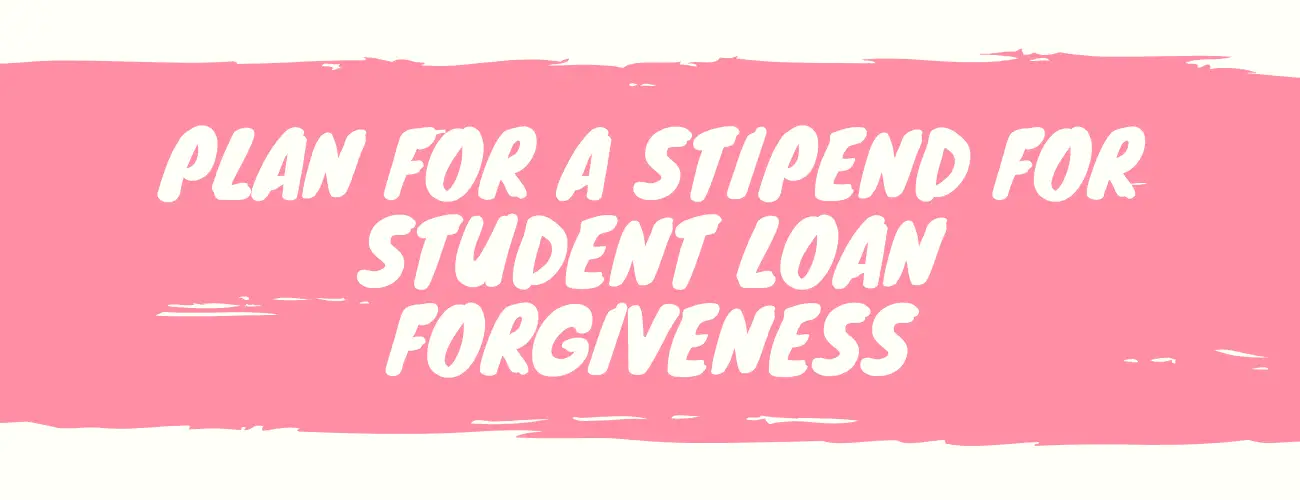
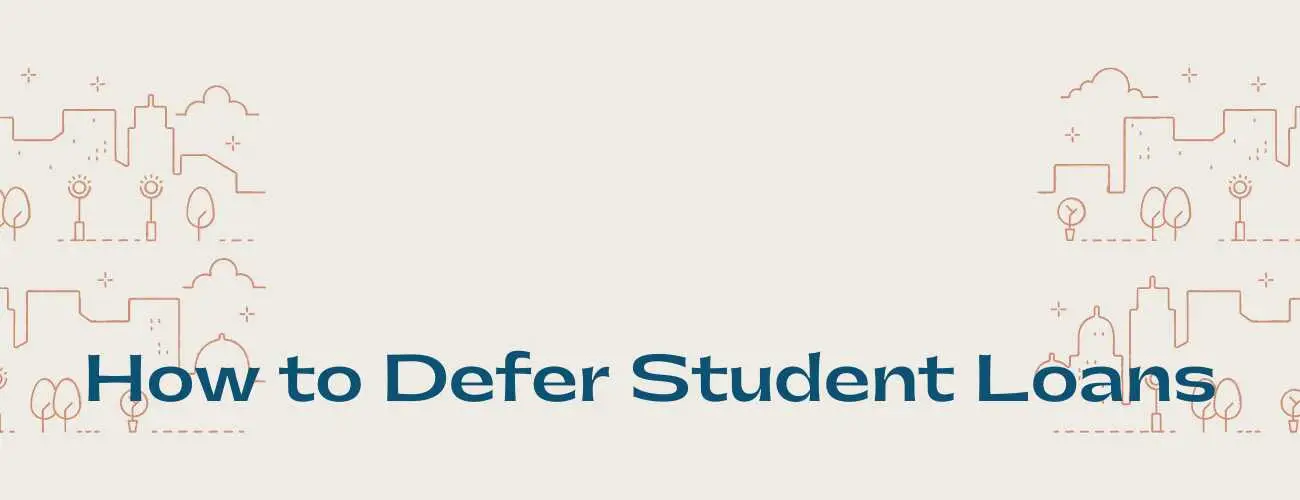
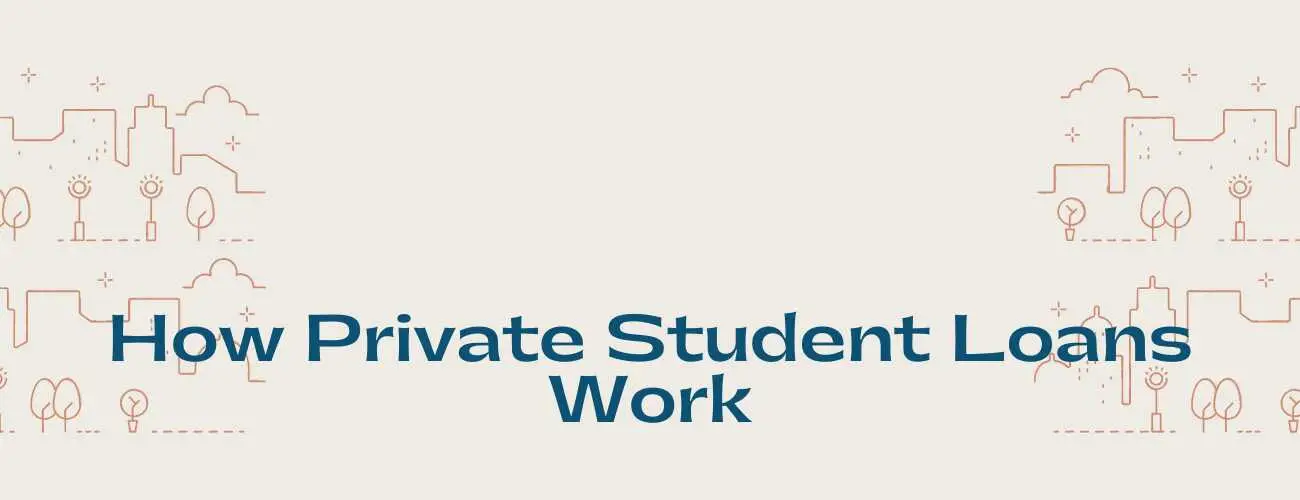
93.jpg)
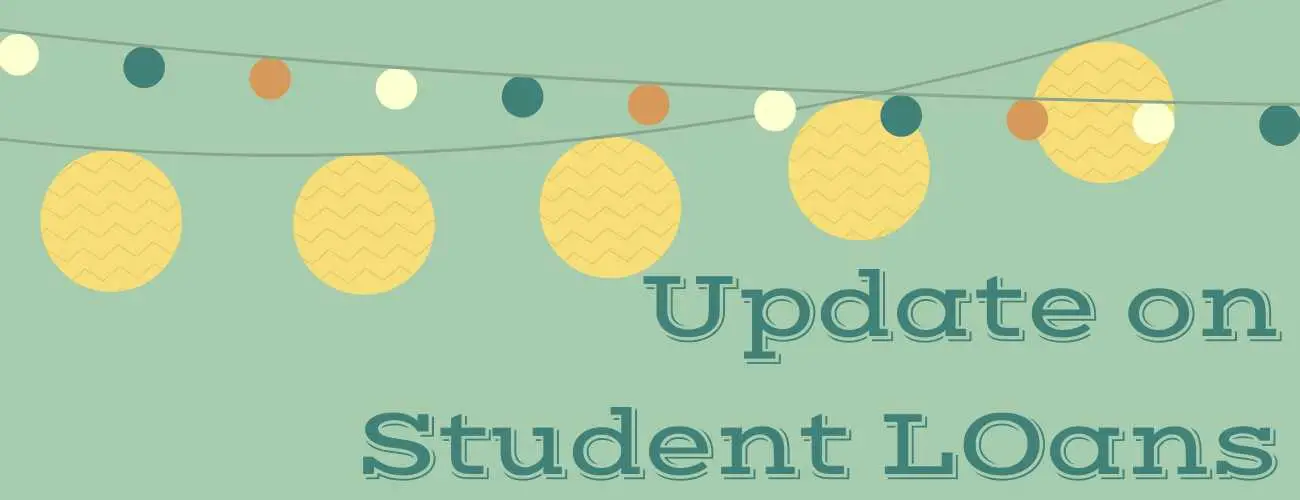
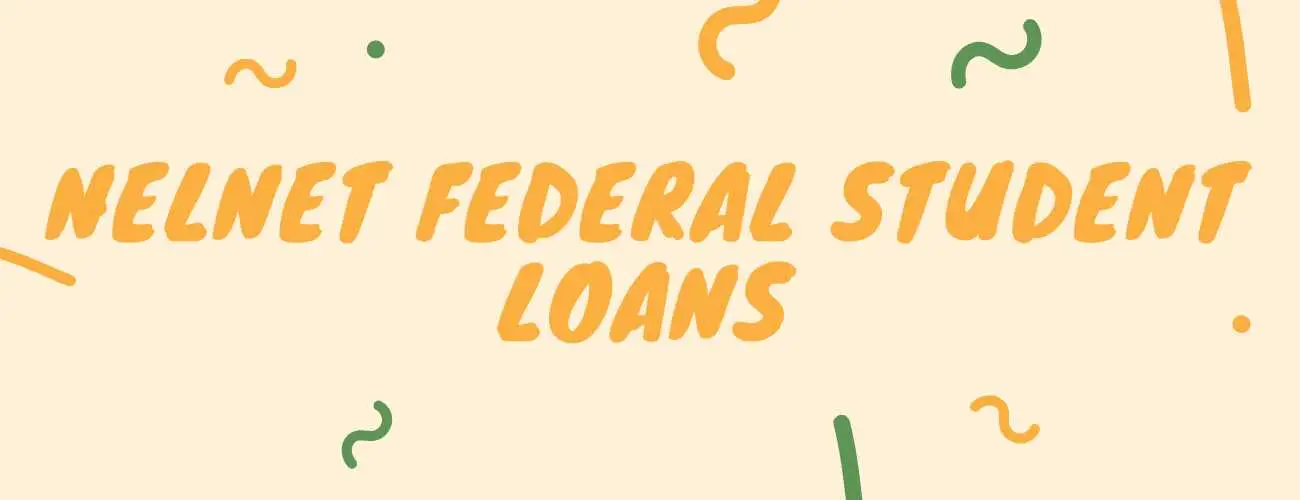
28.jpg)
